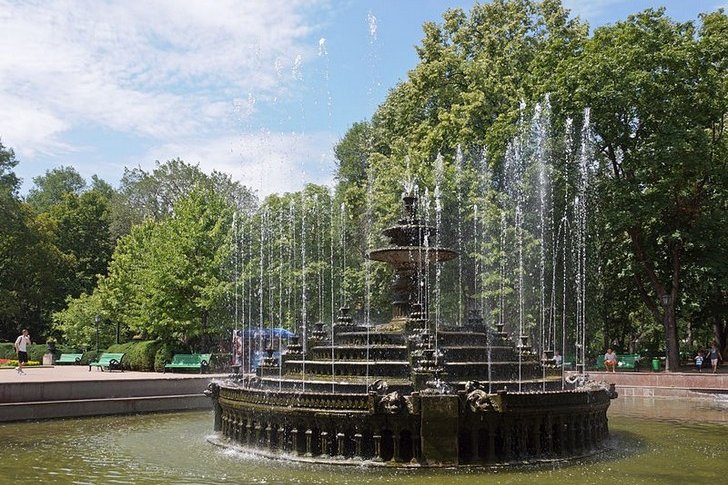The Republic of Moldova is a small state located between Ukraine and Romania. Tourism in this country is under development, but Moldova knows how to entertain its guests.
One of the main attractions of Moldova are its famous vineyards, which can be visited as part of popular wine tours. These excursions tell tourists about the production of wines and cognacs, and also offer to try or buy the drinks they like. Fans of antiquities should visit the picturesque Old Orhei, as well as the legendary monastery in Tsypovo. Many museums and parks nicely complement the rest of Moldovan tourists.
What to see in Moldova?
The most interesting and beautiful places, photos and a brief description.
- Wine cellars in Milestii Mici
- Old Orhei
- Winery Cricova
- Chisinau Botanical Garden
- Monastery Curki
- National Museum of the History of Moldova
- Cathedral of the Nativity of Christ in Chisinau
- Tsypova monastery
- Museum of Ethnography and Natural History
- Caprian Monastery
- Pushkin House Museum in Chisinau
- Soroca fortress
- Park Stefan cel Mare
Wine cellars in Milestii Mici
Not far from Chisinau, in the town of Milestii Mici, there are famous wine cellars, which in 2005 were included in the Guinness Book of Records as the largest in Europe. The underground gallery, which stores about 1.5 million bottles of locally produced wine, has a length of 200 km. Here you can taste and then buy your favorite wine.

Old Orhei
Museum-reserve, located in a picturesque place at a distance of 60 km from the capital. It is one of the most popular tourist centers in Moldova. During the excavations that began in the 1940s, many traces of several civilizations were found on the territory of Old Ochreus, the most ancient of which date back to the 6th century BC.

Winery Cricova
The Cricovo winery was founded in 1952 and gained popularity thanks to the production of sparkling wines using classic champagne methods. Fine and ordinary wines are also produced here, which you can taste or buy when visiting the plant. The oldest sample of wine stored in local cellars dates back to 1902.

Chisinau Botanical Garden
The Chisinau Botanical Garden is a popular holiday destination, despite the fact that it is located on the outskirts of the city. It was founded in 1950, but was located at its current location only in 1965. The total area of the garden, divided into several sectors, is 104 hectares, and more than 10 thousand species of plants grow here.
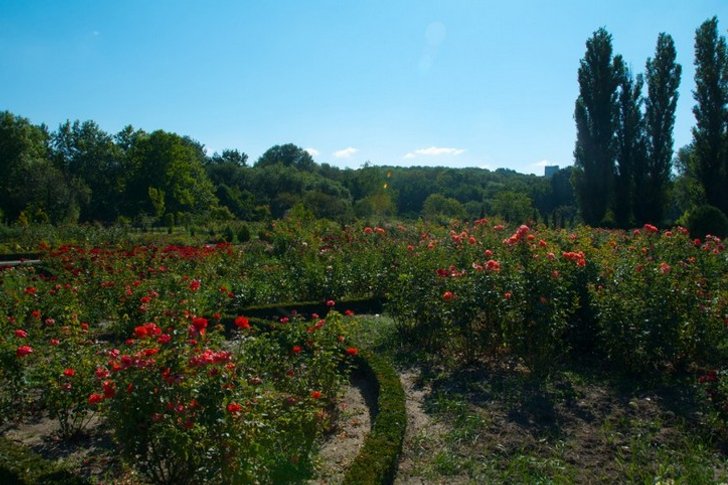
Monastery Curki
In the small village of Kurki, not far from the forest and the river, there is a popular Orthodox monastery. The skete, which was later transformed into a monastery, appeared in Kurki as early as 1773. According to legend, the monastery was founded by a repentant robber who hunted in these places. You can get to the monastery in Curki by taxi from Chisinau.
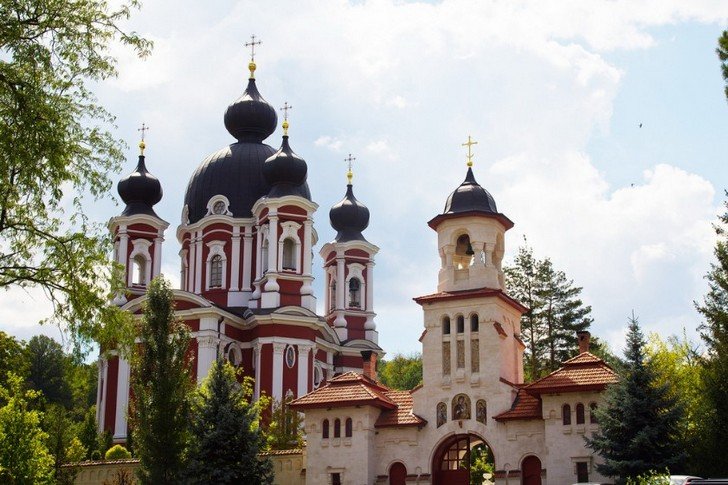
National Museum of the History of Moldova
Since 1987, the National Museum of the History of Moldova has been located in the former building of the Regional Lyceum. The exhibition area of the museum is 1700 m2, and the number of exhibits is estimated at 300 thousand items illustrating the history of Moldova from ancient times. Here are documents, photographs, archaeological finds, as well as household items and art.
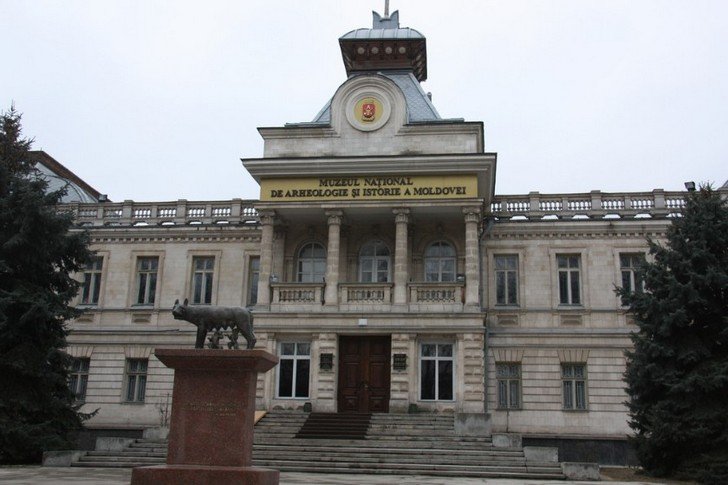
Cathedral of the Nativity of Christ in Chisinau
The cathedral, in the style of Russian classicism, was erected in the center of Chisinau in the period from 1830 to 1836 as part of the general development of the city. During the Second World War, the cathedral was badly damaged, and in 1962 its bell tower was blown up, and the temple building was converted into an exhibition hall. In 1991, the cathedral was returned to the church, and restoration work is still ongoing.
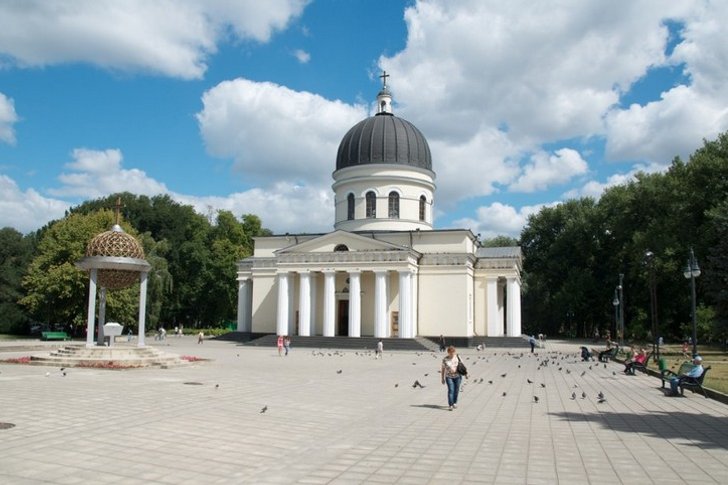
Tsypova monastery
In a picturesque place on the banks of the Dniester, a large rock monastery was founded in the 6th century. According to one of the legends, Stefan III the Great was married here. The heyday of the Tsypovo monastery came in the 18th century, and in Soviet times this place was closed. Since 1994, divine services have been held in the monastery again.
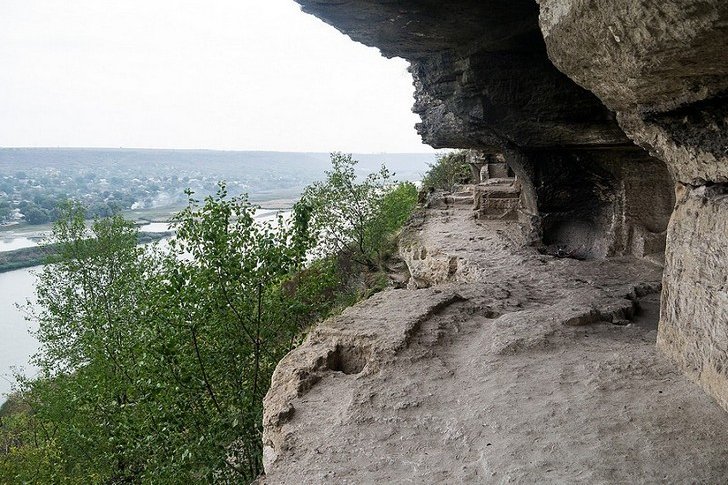
Museum of Ethnography and Natural History
The National Museum of Ethnography and Natural History is the oldest museum in Moldova, operating since 1889. During its history, the museum has experienced many reorganizations, and received its current name in 1991. The museum is engaged in two directions - the study of nature and culture of the Bessarabian region. A unique skeleton of a super-giant deinotherium is kept here.
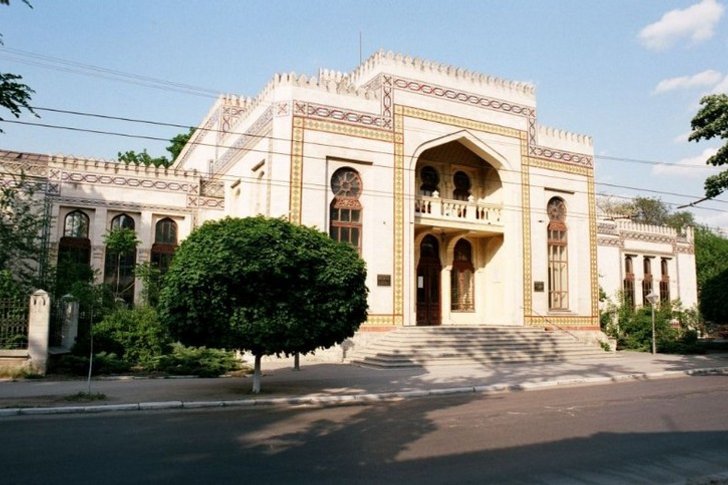
Caprian Monastery
Near Chisinau is one of the oldest Orthodox monasteries in Bessarabia - the Caprian Holy Assumption Monastery, the first mention of which dates back to 1420. Here in 1821 Metropolitan Gabriel was buried, and from 1962 to 1989 the monastery was closed. After the restoration of 2002-2005, the Caprian Monastery is again open to spiritual life.

Pushkin House Museum in Chisinau
In February 1948, the opening of the house-museum of A.S. Pushkin in Chisinau took place. The museum was created in the former visiting house of the merchant Naumov, where the poet lived from 1820 to 1823. Today, more than 200 items are exhibited here - books from the poet's personal library, his dueling pistol and facsimiles of workbooks.

Soroca fortress
In the city of Soroca, north of the capital, there is a 15th-century fortress of the same name, built by masons from Transylvania. The main purpose of the Soroca fortress was to protect against the attacks of the Tatar hordes. The structure of the Soroca fortress has been perfectly preserved to this day, which makes the fortress a popular tourist center.
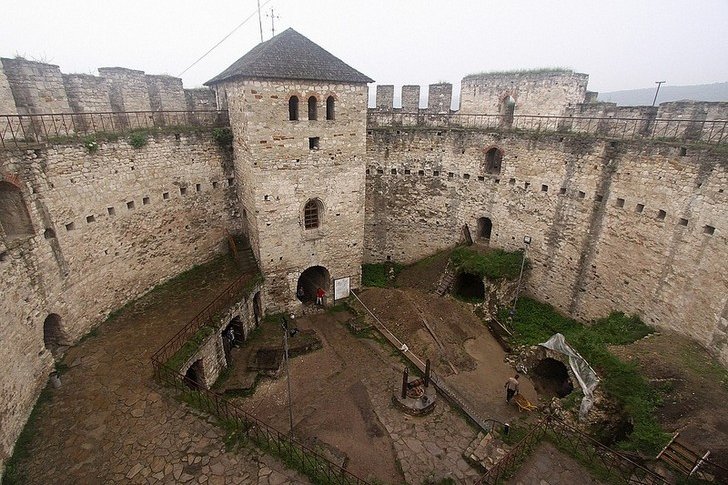
Park "Stefan cel Mare"
The Chisinau park "Stefan cel Mare" is a popular recreation area, which was created in 1818. Today in the park you can see a bronze bust of A.S. Pushkin in 1885, a monument to Stephen the Great, installed near one of the 7 entrances to the park in 1928, as well as 4 fountains.
